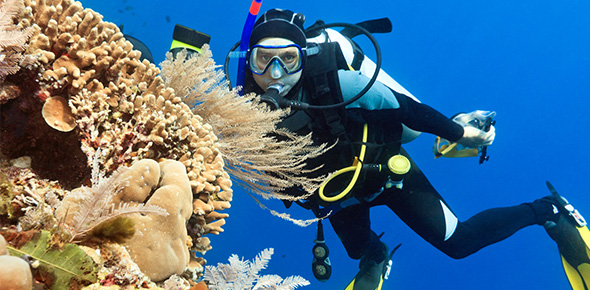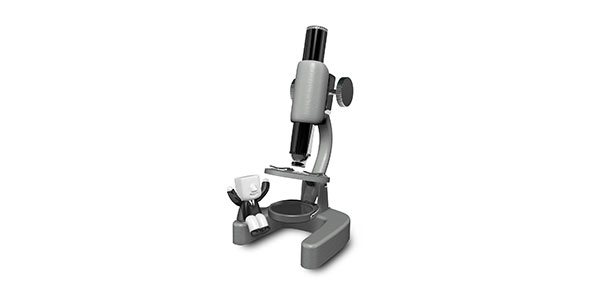Related Flashcards
Related Topics
Cards In This Set
| Front | Back |
|
Demographics
|
Objective, quantifiable, easily identifiable & measurable population date
examples: *education *age *gender |
|
Discretionary income
|
Money left after paying taxes & buying necessities
|
|
___ of population move every year
___ % of all moves are in the same county |
-1/7
-60% |
|
US employment is in..
|
Services!
|
|
Culture
|
Group of people sharing a distinctive heritage
|
|
Social class
|
Classified consumers in the basic income, occupation & education
|
|
Consumer lifestyle
|
Way consumers & families live & spend time & money
-based on social & psychological factors & are influenced by demographics |
|
Typical US hosehold income in US
|
About $50,000
-US- top 1/5 = $100,000 + -lowest 1/5 = $21,000 - **the us standard of living has shown a steady trend upward |
|
Class conscious
|
A person who values that status of goods, services & retailers
|
|
Percieved risk
|
The level of risk a consumer believes exists, regarding the purchase of goods & services from a specific retailer
ex: *functional *physical *financial *social *psychological *time -reduced by retailer providing enough info for a shopper to feel comfortable in making decisions |
|
Outshopping
|
Consumers who travel long distances to stores
09-751 Snyder v. Phelps (03-02-2011) -tend to come from fringe trading areas -from the outskirts of the trading area -will drive far to go to a store |
|
Blacks, hispanics & asians
|
1/3 of US population; annual buying power= 1.7 trillion
|
|
Consumer Social Factors:
|
-culture
-social class - income, occupation, education, etc. -reference groups -family life cycle -household life cycle -time utilization |
|
Family life cycle
|
Describes how a traditional family moves from bachelorhood --> children --> solitary --> retirement
*at each stage, attitudes, needs, purchases & income changes |
|
Household life cycle
|
Incorporates life stages for both family & nonfamily households
|






